Off-road rally racing pushes man and machine to their limits as competitors race across grueling terrain and harsh environments. The crown jewel of rally raid events is the Dakar Rally, first held in 1979 as a rally from Paris, France to Dakar, Senegal. Though the race no longer runs that route, it continues to offer extreme challenges for racers as they speed through the deserts and mountains of South America.
The Origins of Rally Racing
Rally racing originated in the early 1900s as a test of automobile reliability over long distances on roads and through difficult terrain. One of the first major events was the Monte Carlo Rally, first held in 1911. Rather than racing on a track or closed circuit, rally drivers had to navigate open public roads while dealing with the elements and road hazards. Races like the Monte Carlo Rally focused more on navigation and consistency rather than pure speed.
Over the years, rally racing evolved to include both on-road and off-road events. Specialized vehicles were developed to handle rigorous off-road conditions like boulders, mud, sand, snow, and ice. Production-based vehicles gave way to exotic purpose-built rally cars with sophisticated suspensions, lightweight components, and powerful engines. This allowed competitors to drive faster through rough terrain without breaking down.
The Adventure and Challenge of the Dakar Rally
The Dakar Rally was conceived in the late 1970s by Thierry Sabine, a French motorcycle racer who got lost in the Libyan desert during the Abidjan-Nice rally. Sabine envisioned an intercontinental race from Europe across the rugged Sahara desert to Dakar, Senegal. The rally would become a monumental challenge requiring endurance, navigation skills, mechanical reliability, and driving talent.
The inaugural Dakar Rally was held in 1979 on a 10,000 km route from Paris to Dakar. More than 170 competitors entered, though only 74 finished the grueling two-week race. Racers had to endure long daily stages through hostile environments like the Ténéré desert, Atlas mountains, and Mauritanian dunes. Breakdowns were frequent, crashes commonplace, and some competitors even died during the rally. Cyril Neveu won the motorcycle class while the car class was won by Alain Génestier.
The Dakar rally quickly grew in popularity throughout the 1980s as one of motorsport’s greatest adventures. Major auto manufacturers like Porsche, BMW, Lada, and Mitsubishi developed dedicated off-road rally cars and hired top drivers to compete. Motorcycle manufacturers like Yamaha, Honda, and KTM also entered factory teams. The competitive field expanded to over 600 entrants in the late 1980s, though finishing remained a monumental challenge.
Rally Raid Routes Across Africa and South America
The Dakar Rally continued on its Paris to Dakar route until security concerns in Mauritania forced organizers to cancel the 2008 event. The next year, the rally moved to South America where it has remained since. The race has traversed through Argentina, Chile, Peru, Bolivia, and Paraguay over the last decade, bringing new landscapes and challenges.
Other prominent rally raid events have also emerged in recent decades, offering different tests of off-road endurance. The Silk Way Rally runs through Russia, Kazakhstan, and China. The Abu Dhabi Desert Challenge crosses the dunes of the United Arab Emirates. Rally raids are also held in places like Tunisia, Morocco, Australia, and Mexico.
While routes change, competitors continue facing inhospitable terrain, temperature extremes, high altitudes, navigational challenges, and mechanical attrition. The varied surfaces of mud, dirt, rocks, sand, and gravel push vehicles to their limits. Extended stages covering 600 miles or more require skillful pacing. Roadbooks provide only basic guidance across open wilderness, leaving navigation up to the driver’s skill.
Vehicles and Classes
Rally raid competitions feature specialized vehicles designed to withstand brutal off-road conditions. Factory teams spend massive budgets engineering bespoke racing trucks and buggies. Major automakers like Toyota, Mini, and Peugeot have developed highly customized race vehicles for the Dakar Rally. Independent constructors also build competitive off-road racers.
The Dakar Rally recognizes several vehicle classes:
- Cars: Production-based SUVs or dedicated off-road racing vehicles with four-wheel drive. Most utilize turbocharged diesel engines due to reliability and fuel efficiency.
- Light Vehicles: Lightweight buggies or modified SUVs weighing under 3,500 lbs. Prototypes with big horsepower and exceptional suspension travel.
- Trucks: Massive purpose-built racing trucks with over 900 horsepower. Equipped with six-wheel drive and 40-inch tires.
- Quads/ATVs: All-terrain vehicles modified for rally racing with upgraded suspensions. Nearly 1000cc engines generating around 100 horsepower.
- Side-by-Side Vehicles: Lightweight off-road buggies seating two occupants. Turbocharged engines producing up to 200 horsepower.
- Bikes/Quads: Motorcycles designed for off-road endurance racing. 250cc engines for quads and 450cc for bikes. KTM has dominated the motorcycle category.
Vehicle classes compete on the same stages each day, but results are categorized for their class. Additional categories like Classic Cars and Trucks are included for vintage rally vehicles.
The Dakar Rally Today
While routes and vehicles have evolved, the Dakar Rally remains true to its rugged adventurous spirit after over 40 years. The 2023 rally covered over 5,000km of special stages across the dunes and mountains of Saudi Arabia. Over 300 vehicles entered the 14-day endurance test. Just 233 vehicles ultimately finished the grueling event. Kevin Benavides took the motorcycle win while Nasser Al-Attiyah claimed the car class victory.
In the final analysis, The Dakar Rally has cemented its place as the pinnacle of off-road motorsports. Racing through the deserts, plains, and mountains of South America or the Middle East in a high-tech racing machine remains an immense challenge for both driver and machine. For competitors who can survive the treacherous terrain, harsh conditions, and mechanical attrition, reaching the finish line delivers immense reward and satisfaction. The Dakar Rally continues to be the ultimate off-road endurance adventure.
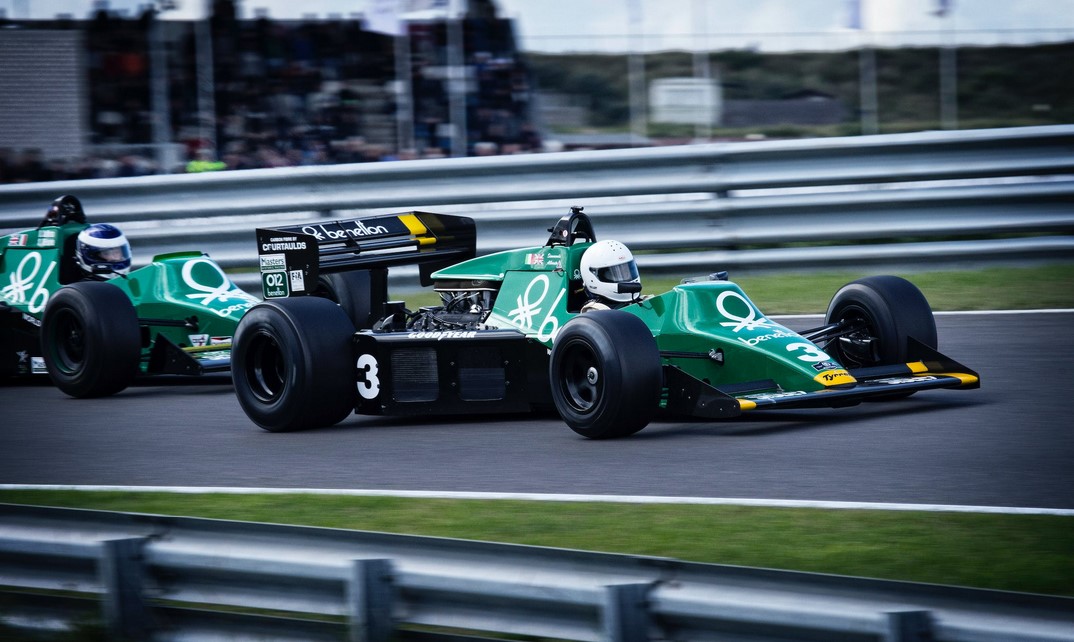

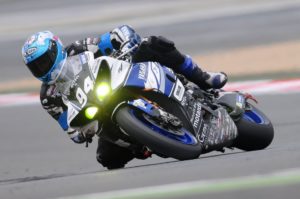
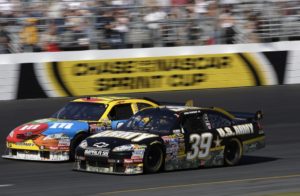
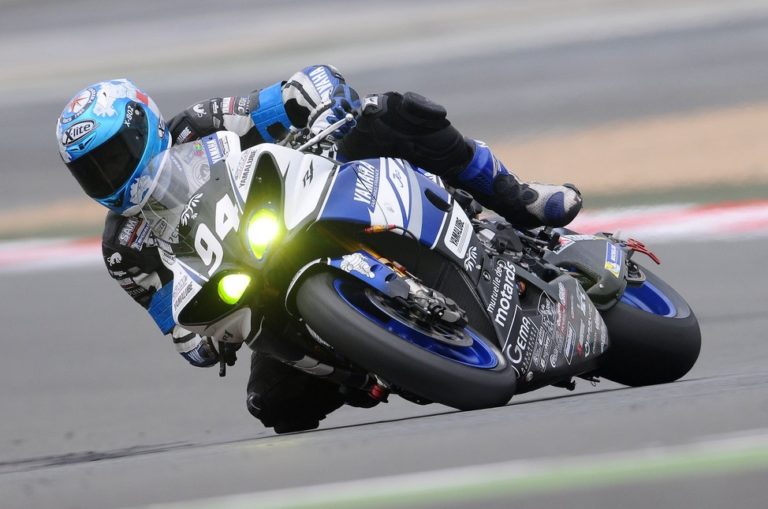
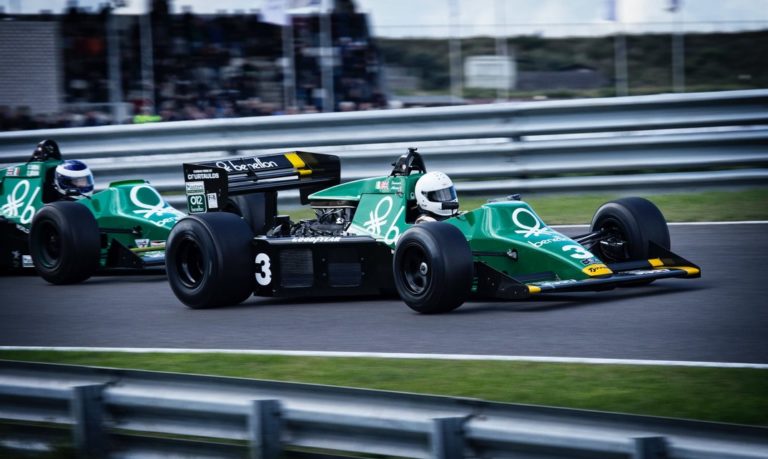
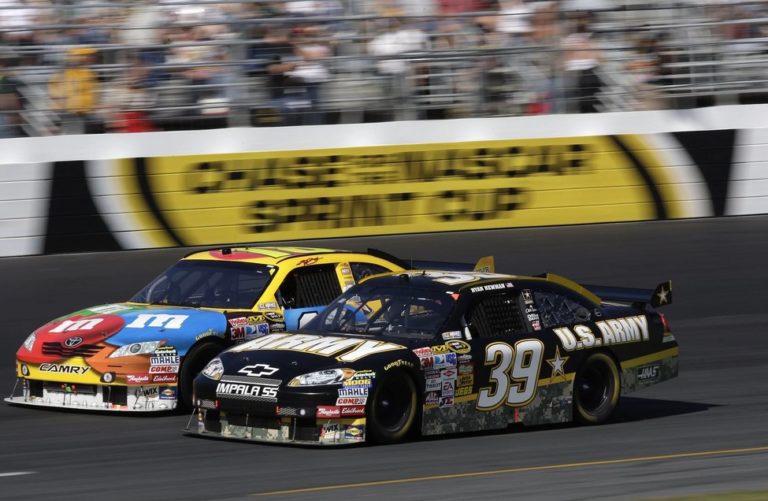
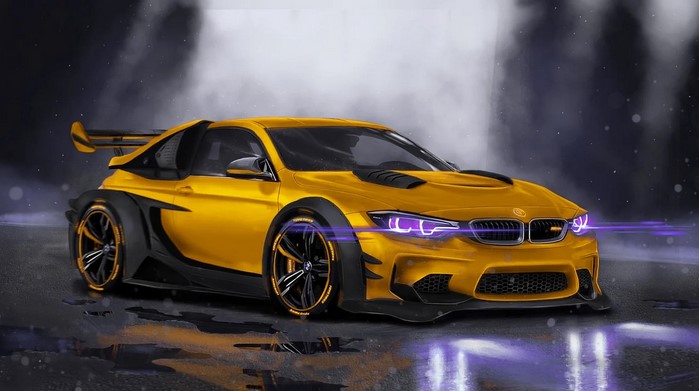
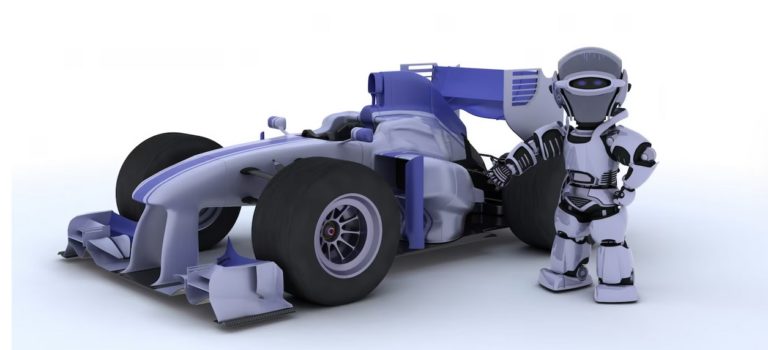
+ There are no comments
Add yours